Although I’d seen puffins in flight at sea when I lived on the Isles of Scilly, I had never seen them on land, and neither had my partner George, so this summer we went to visit their nesting site on the Saltee Islands in County Wexford in the south east of Ireland. The two islands are about 5km off the coast. Both are wild, unspoilt sanctuaries for wildlife, and only the larger Great Saltee Island can be landed on.
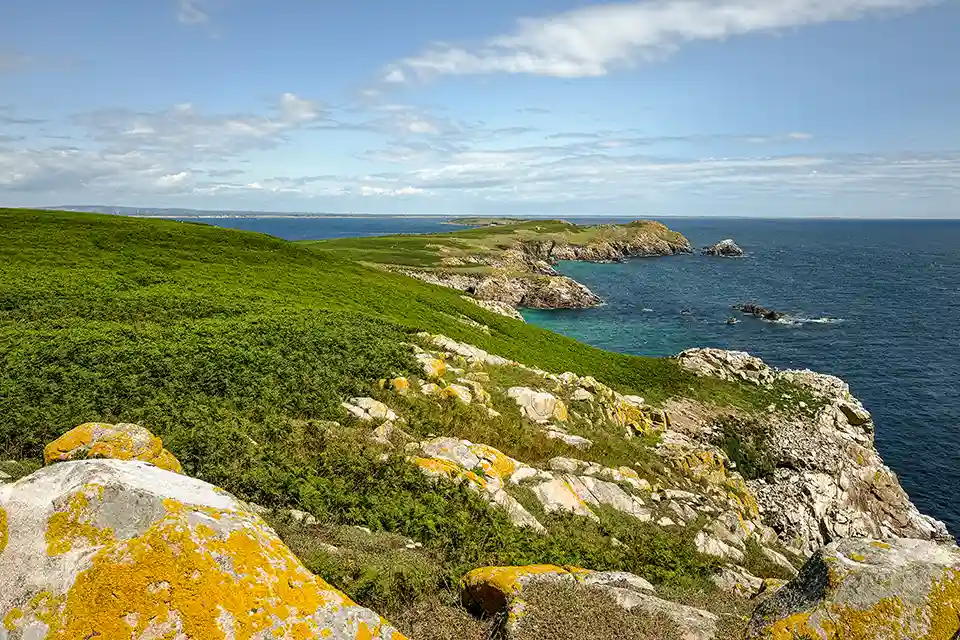
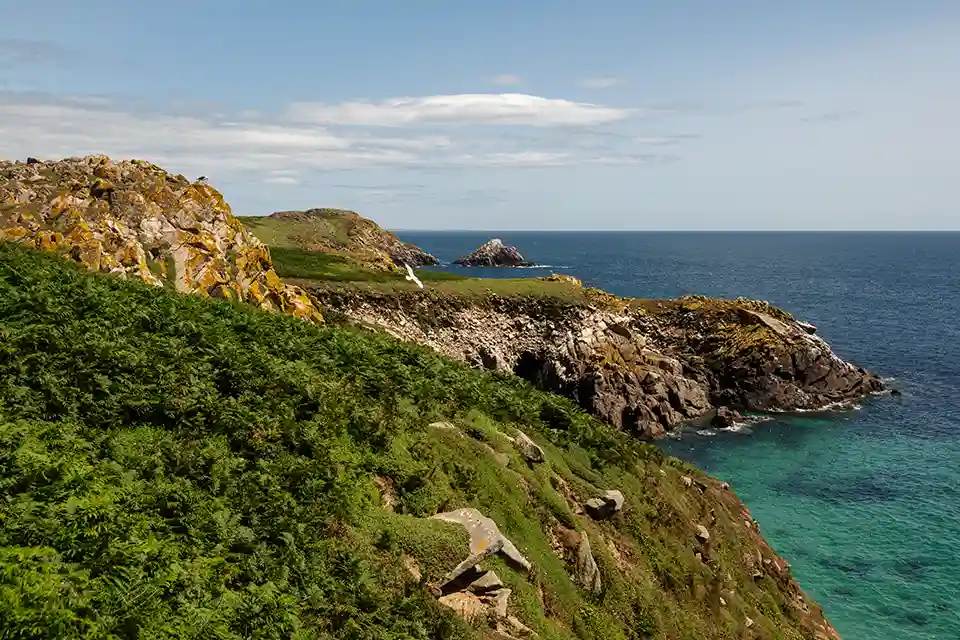
The weather was fine and calm the day we went, but the crossing was quite lively, with a lot of spray on the way there. On the return trip the wind and waves were behind us so it was much drier and smoother. Once close to the island, passengers put on lifejackets and get into a dinghy to land on the beach. The young crew are clearly in their element and it’s all well organised and safe. You are warned when you book to expect a wet landing, which means that at some states of the tide you’ll need to walk through shallow water or across slippery rocks. On our trip the dinghy landed on sand, and by carefully timing our jumps as a wave receded, we were able to step out without getting wet feet!
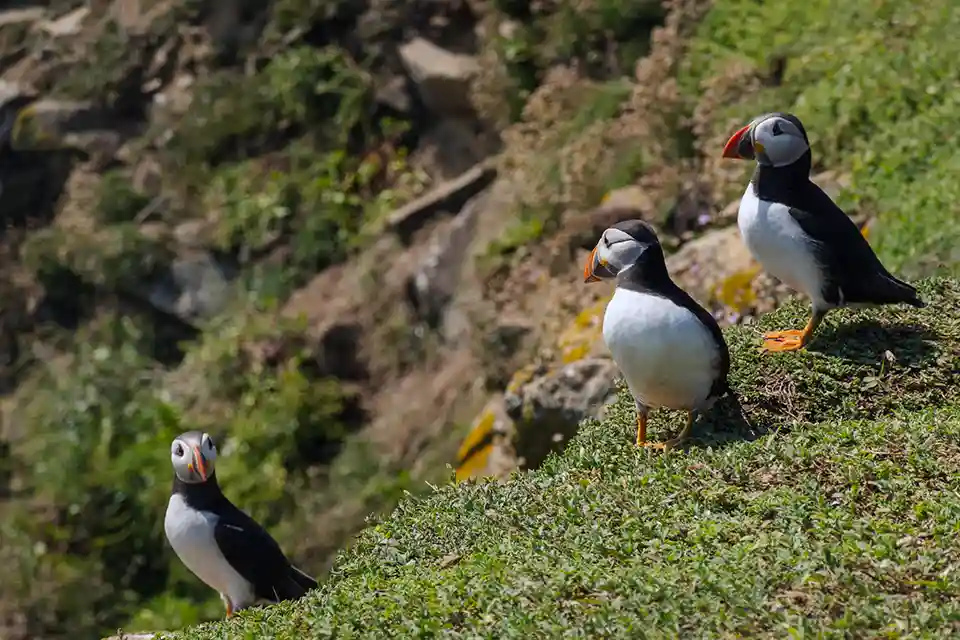
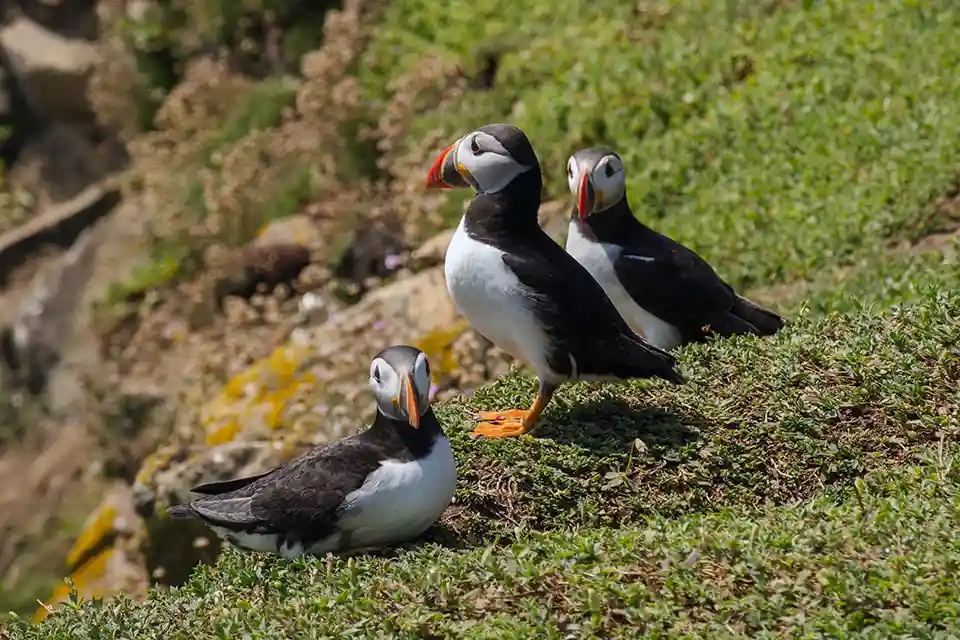
We climbed the steps and followed the path over the hill to the eastern side of the island, and there they were – small groups of puffins perching on the rocky edge and occasionally popping in and out of the burrows scattered among the clumps of sea pinks. They seemed very calm and relaxed, obviously used to the daily arrival of groups of admirers, and if you sat down quietly they would come quite near. However it was important to remember not to approach them too closely, so as not to damage the burrows or prevent the puffins returning to them. There were a couple of wardens on the island, very nicely asking visitors to keep to the main paths. It’s good to know that the birds are being protected, as puffins are on the red list of birds of conservation concern in Ireland.
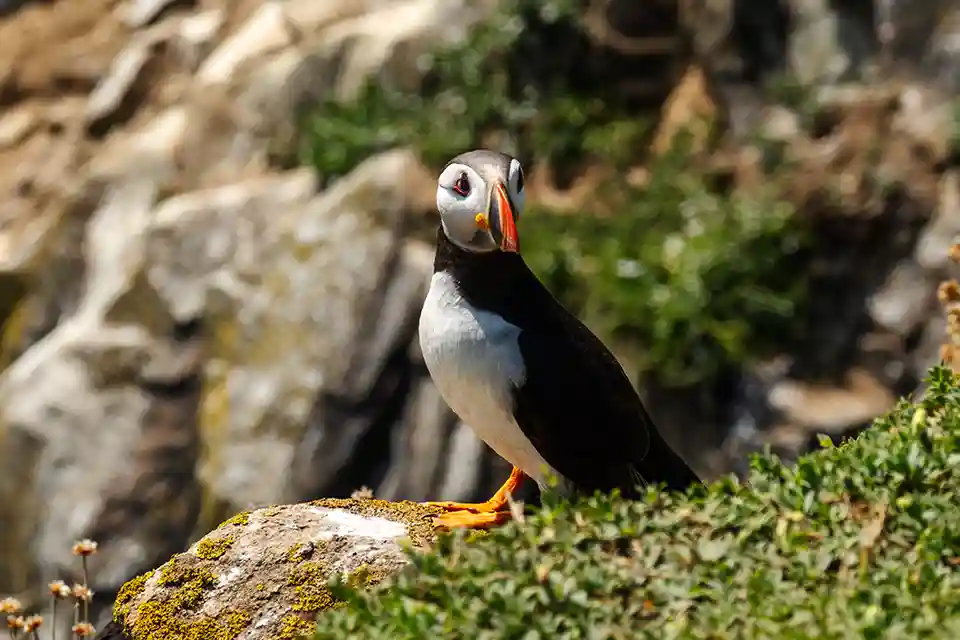
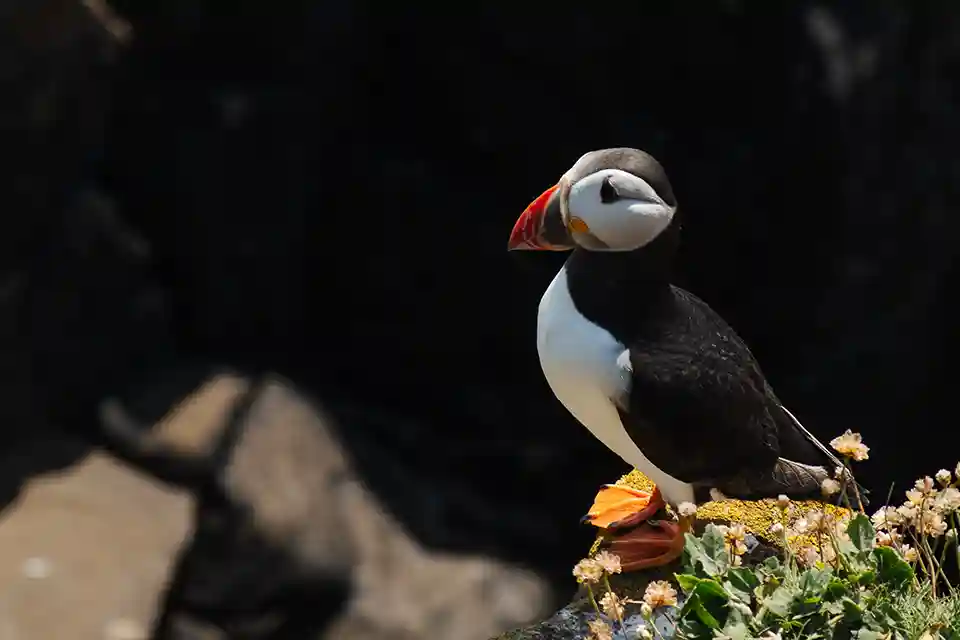
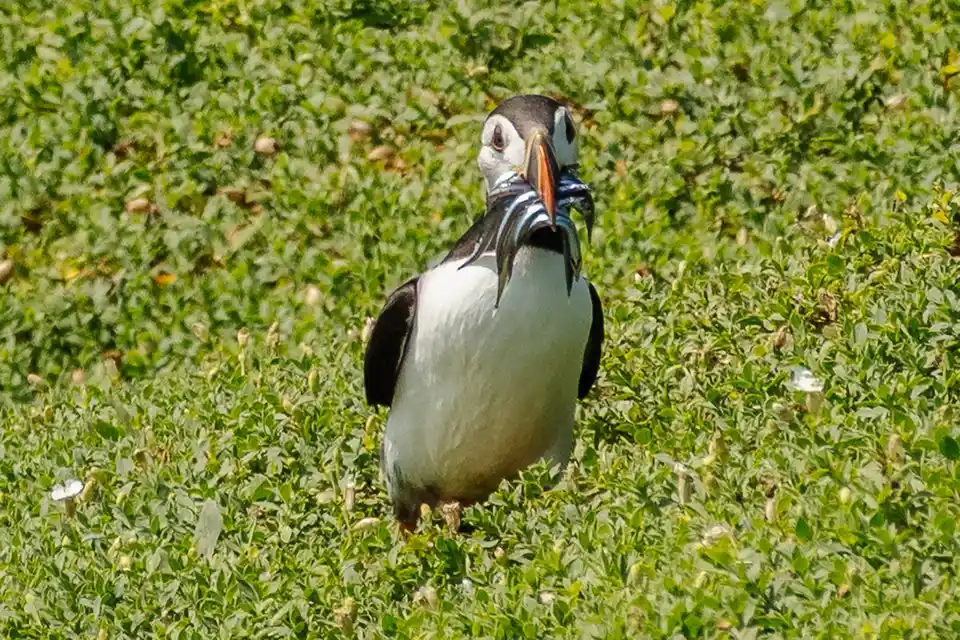
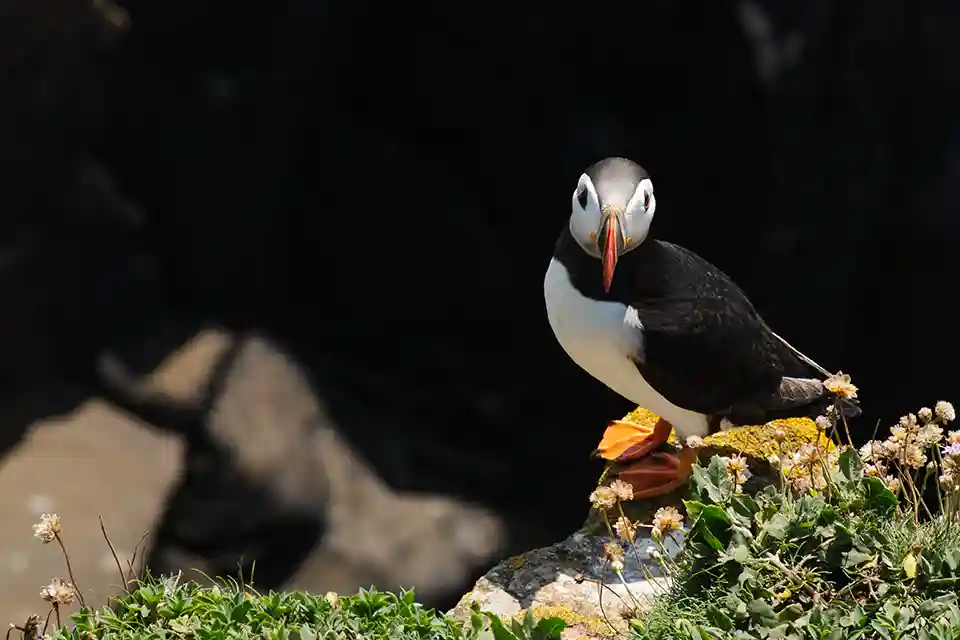
Although the puffins were the main attraction for us, we also wanted to continue along the path around the island to see the other seabirds. The colony of guillemots was well camouflaged amongst the rocks, while the Black backed gulls perched in individual spots, each with a single chick, which at this stage were quite large but still grey and fluffy, having not yet grown into their adult plumage.
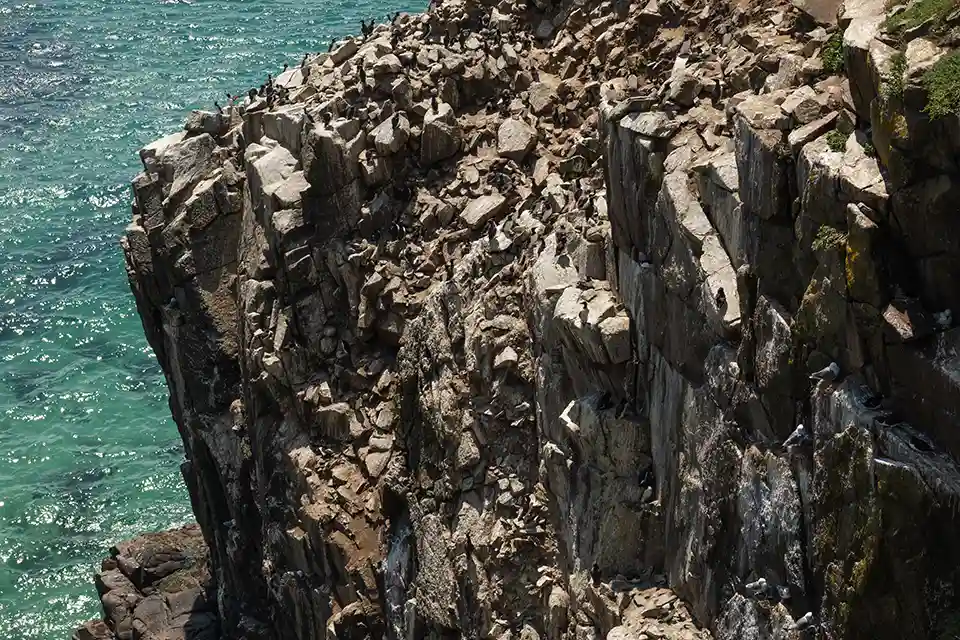
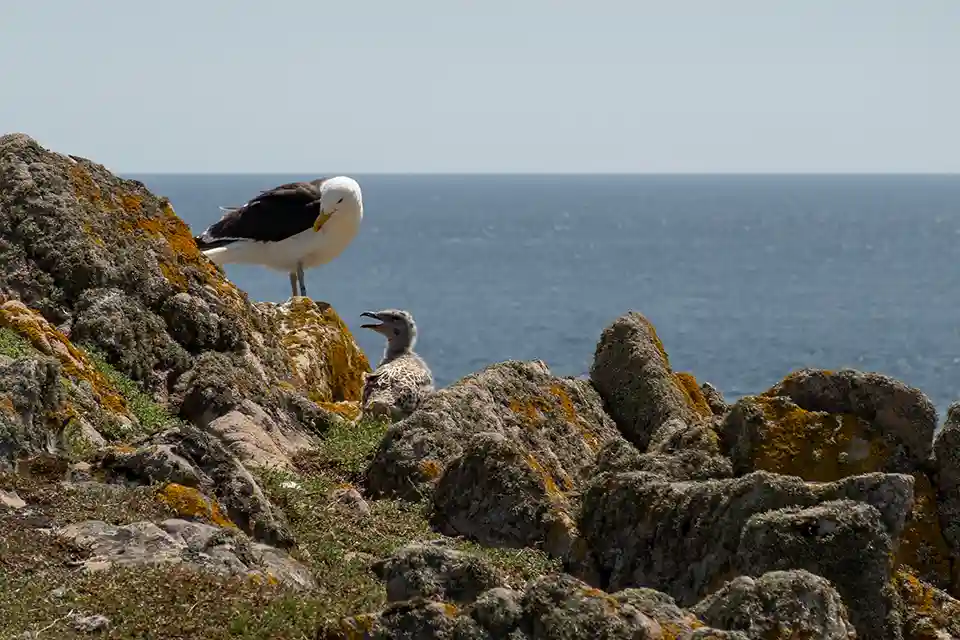
The gannet colony was an impressive sight. We’re used to seeing these magnificent birds soaring and diving around the cliffs where we live on the Dingle Peninsula, but had never seen them in such large numbers.
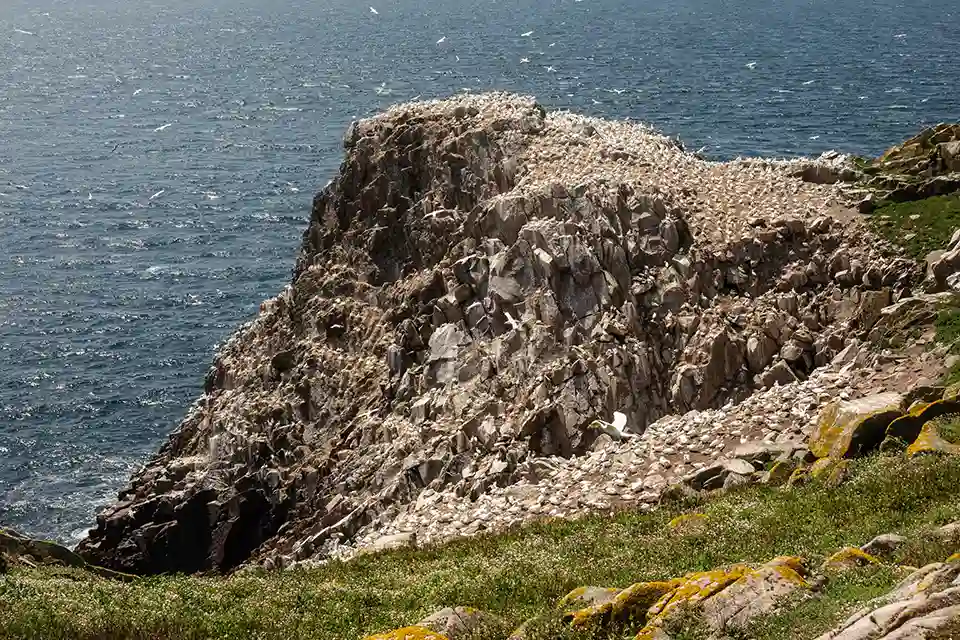
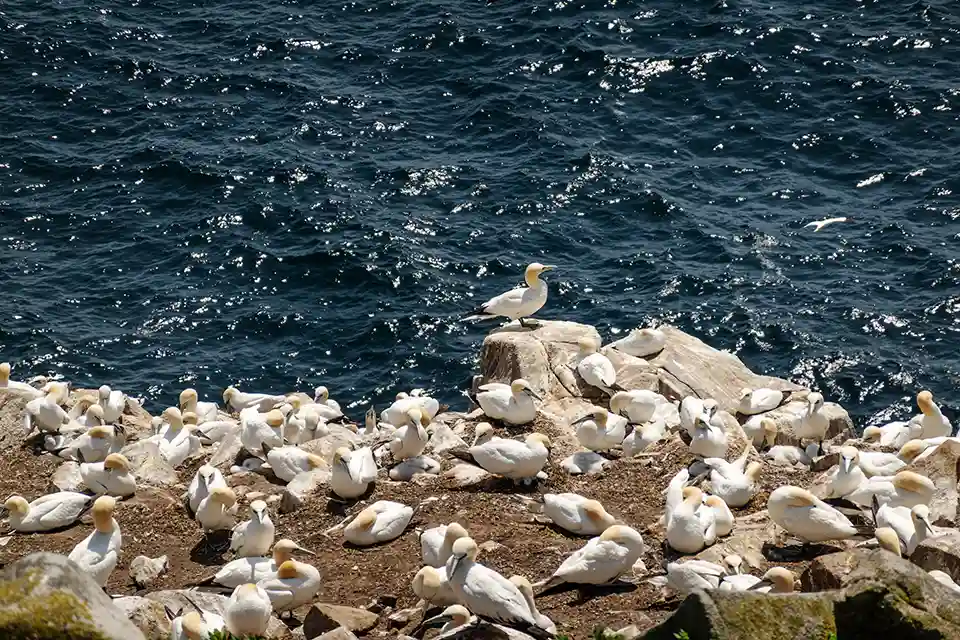
The path continued around the far end of the island and led back to the landing beach. We walked through bracken and wild flowers, and spotted butterflies and rabbits. Earlier in the year the island is carpeted with bluebells, and then sea pinks, so it would be good to visit at different times.
As we waited on the beach to be picked up by dinghy for the return trip, we had the final treat of seeing a few puffins flying and landing on the water nearby. I imagined they might be keeping an eye on the boats so they could go back and tell the others that the visitors were gone for another day and they had their peaceful island to themselves again.
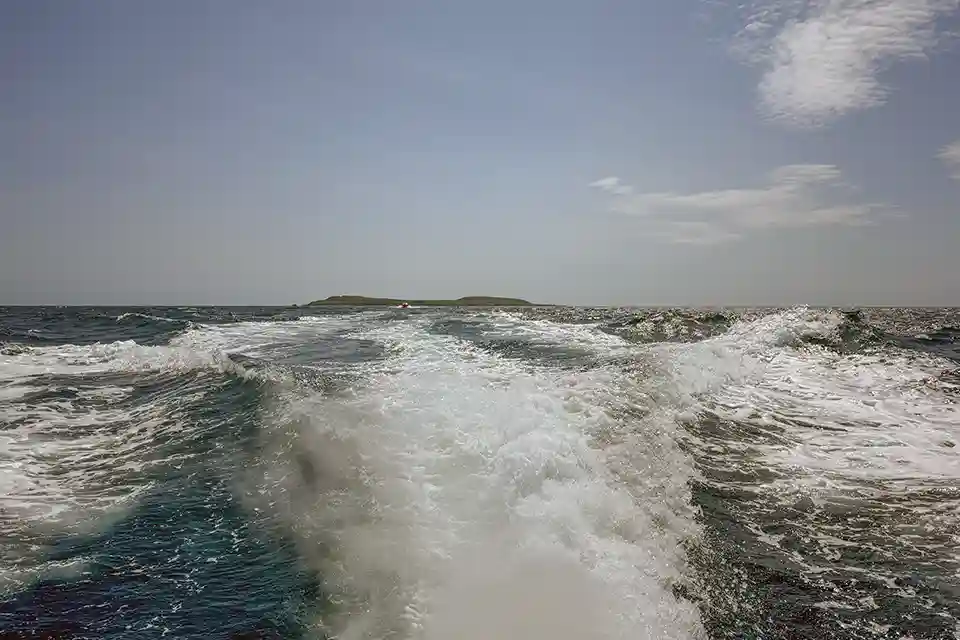
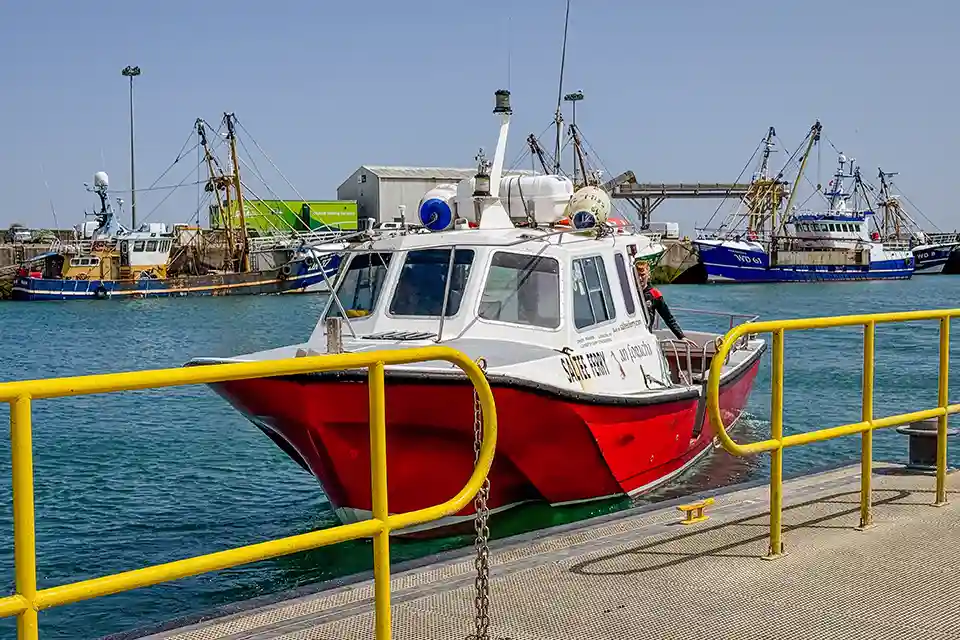
The puffins and other birds are on the island during their breeding season, from April to the end of July, when they leave and go back to sea.
You can find more information about the Saltee islands and the seabirds here.
We booked the ferry well in advance as numbers are very limited. There are three boats, which each carry twelve passengers, and the trip takes around 20 minutes. We took a small drybag inside one of the rucksacks for car keys and valuables, in case we got soaked by rain or spray. There is some space inside and behind the boat’s cabin where passengers can shelter.
Book the Saltee Ferry here.
Visitors are on the island for three and a half hours, and there are no facilities or shelter, so you need to go prepared with suitable clothing, footwear and any food or drink you might want. As our return trip was at 2.30 we planned a late lunch in Kilmore Quay, but we found that the half-dozen cafes had all closed at 3pm even though it was the middle of the summer season. There is a fish and chip restaurant and takeaway, together with a few coffee vans, but you may want to go further afield for a late lunch or afternoon tea. We settled for coffee and chips by the sea wall, attended by a couple of entertaining and surprisingly polite gulls!
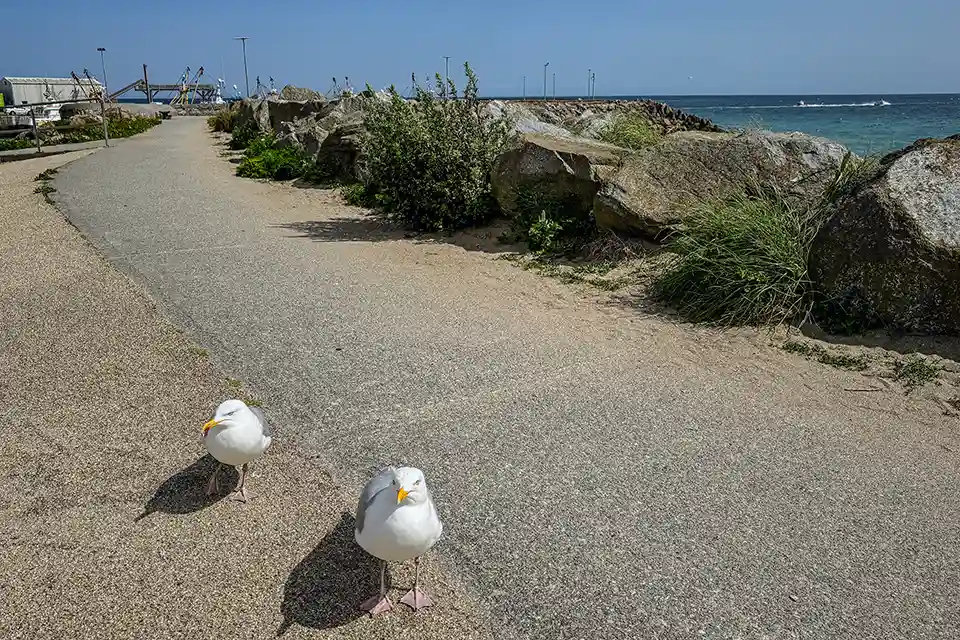
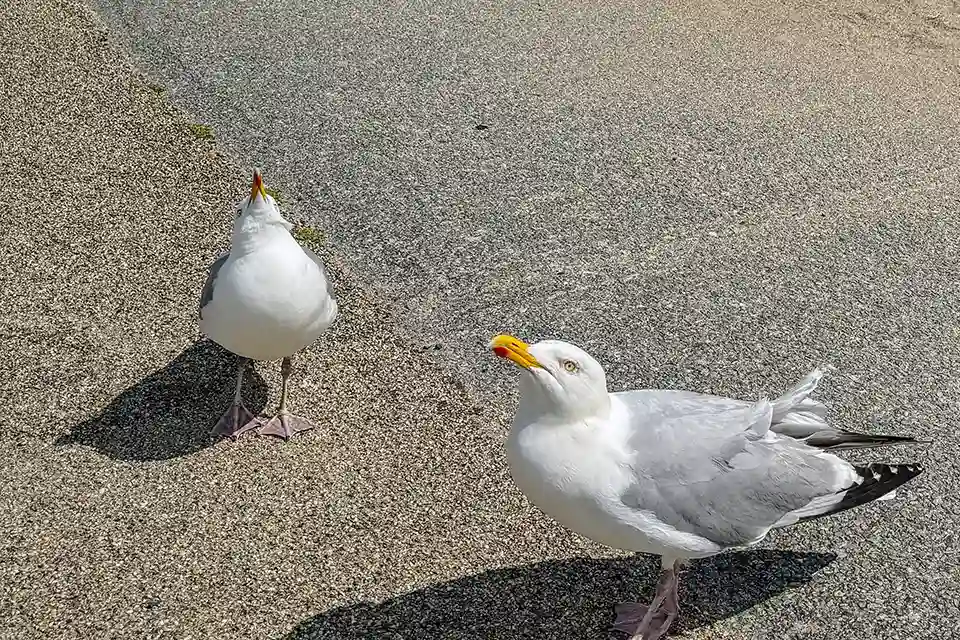

Thank you for sharing your wonderful Puffin adventure with us— Your pictures are great!
Thank you Cindy!
Delightful report on your adventure!
Glad you enjoyed it, Marti.
Comment *Magnifique récit qui me donne vraiment envie d’y aller. Merci pour ce partage.
Merci, Anicha!